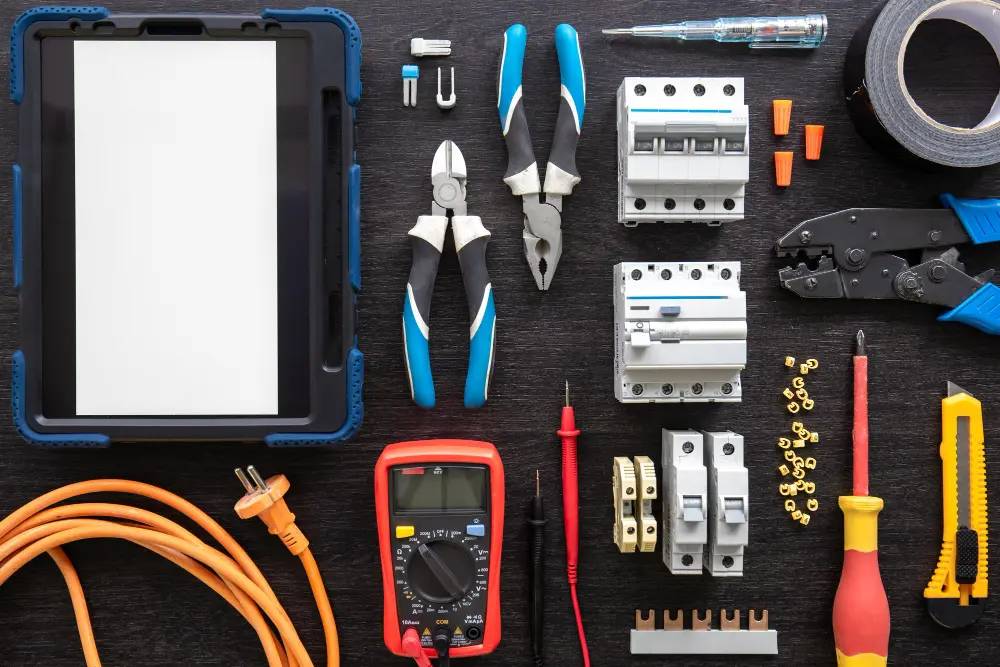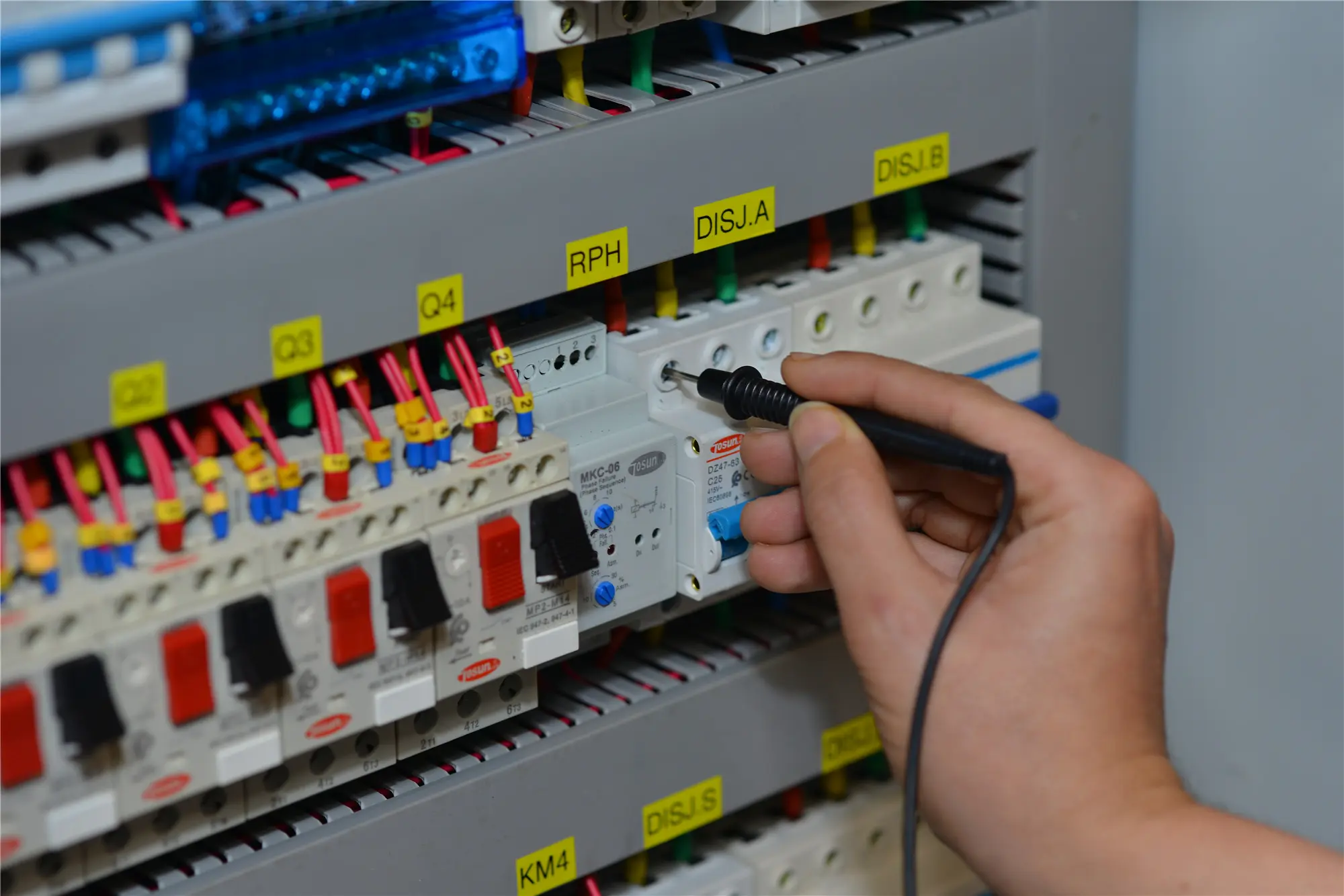How Do I Choose A Breaker Type?
If you are dealing with electricity and using electrical appliances, you need to invest in a good power protection system device.
Voltage fluctuations can be very difficult to manage if you don’t have these devices. The power might overload, or you may face power surges.
It can adversely affect the appliances which are connected to an electric PowerPoint. Because of this reason, most people use circuit breakers.
These are power protection system devices that can help you protect the circuit as well as electrical appliances and systems. It isolates the fault in the circuit automatically.
There are many different types of circuit breakers available in the market. If you are confused and want to choose the right device, then follow this guide.
What Is A Circuit Breaker and What Types of Circuit Breakers?
Circuit breakers are used in residential homes, office buildings, and industrial facilities as well as large factories and power plants to protect electrical circuits from damage that can be caused due to tripped or short circuits.
A circuit breaker, sometimes also known as a tripper, is an automatically operated electrical switch designed to prevent excessive current from a short circuit or overload from damaging the circuit.
The breaker works when the current passing through the circuit is suddenly stopped by an obstruction such as a metal fitting, the breaker senses this change in conductivity and breaks the circuit, thus protecting it from further damage. It is one of the most important safety devices in a home as well as a factory. It prevents electrical shock as well as fire accidents.
There are many different types of circuit breakers available in the market, like oil circuit breakers, SF6 circuit breakers, air circuit breakers, and vacuum circuit breakers.
How to Choose a Breaker Type?
If you want to choose the right type of circuit breaker for your home or office, then check these factors. It will help you to choose the right device.
- Voltage Capacity: The first thing you need to check is the voltage capacity of the breaker. If you need a breaker for a single-family home, then you can choose a low-voltage thermal magnetic breaker. However, if you need to for a building or for commercial purposes, you can use a medium voltage circuit breaker. For high-power devices and appliances, mostly for industrial purposes, you can use a high voltage breaker.
- Breaker Size: The second thing you need to check is the size of the circuit breaker. You will be able to spot the wire size on the breaker. 8-gauge wire means 40 amp breaker, 10-gauge means 30 amp, 12-gauge means 20 amp and 14-gauge means 15 amp. You need to check the size according to the power of the device and installation.
- Instantaneous Pickup: It is the setting at which the breaker functions instantly without causing any delays. Choose a breaker which trips instantly.
- Continuous Amps: It is the current at which the equipment will work without causing circuit break. Check this factor when choosing a breaker.
- Rated KV: It shows the highest or maximum current which the circuit can manage without tripping. You need to check Rated KV to avoid unnecessary tripping.
Tel: +86-577-88671000
E-mail: ceo@tosun.com
Skype: tosunelectric
Wechat: +86-139 6881 9286
WhatsApp: +86-139 0587 7291
Address: Room No.1001 Wenzhou Fortune Center,Station Road, Wenzhou, China
REQUEST A QUOTE
WhatsApp us
 : +86-139 0587 7291
: +86-139 0587 7291 English
English Español
Español Русский
Русский Français
Français العربية
العربية Português do Brasil
Português do Brasil Українська
Українська Türkçe
Türkçe Polski
Polski Nederlands
Nederlands Italiano
Italiano Bahasa Indonesia
Bahasa Indonesia हिन्दी
हिन्दी اردو
اردو አማርኛ
አማርኛ Հայերեն
Հայերեն ไทย
ไทย Монгол
Монгол فارسی
فارسی Shqip
Shqip Ελληνικά
Ελληνικά


